A George IV silver Admiralty oar tipstaff, the cylindrical barrel with incised diagonal cross hatched decoration, beneath a double row milled collar, above a plain slightly flared shaft engraved to one side with the Royal Coat of arms, with fouled anchor of the Admiralty below, between vertical engraved bands of cross detail to each side, the reverse engraved with the arms of the City of London, bearing maker’s mark ‘GK’, possibly for George Knight London, 1821, beneath a crown surmount, with detachable orb above, the base of the tipstaff having screw off cover, enclosing a detachable silver oar (unmarked), length 11.5cm, with oar 17.7cm. £2000-3000 Condition Report The piece is generally in good condition. The engraved crests and the hallmark are rather rubbed, but not indistinct. The crown surmount is also a little rubbed to the high points. Weight 53gm. Footnote Admiralty Tipstaves containing an oar were part of the ceremonial uniform of representatives of the Admiralty or the High Court of Admiralty. Engraved with the symbol of the fouled anchor, to show ‘authority over the water’, an official in possession of an admiralty oar was granted extended powers to board, search and in some instances seize vessels that came within their area of jurisdiction. Titles of those permitted to carry them would have included harbour masters, portreeves, water bailiffs and constables. Admiralty tipstaves generally come in two varieties: the first style modelled in the form of an oar with a crown, the second style, as the example above, of the form where the barrel unscrews to reveal an oar contained within. The orb on the crown can also be removed to allow the pieces to be swapped over and the oar screwed into a vertical position. Rare on the open market, most examples of Admiralty tipstaves are held in museums or large collections. A number of fine examples are held by the Worshipful Company of Goldsmiths; another silver example is held at the Museum of London Docklands, (Ref No NN12197), hallmarked for 1766, and described as a being used by a ‘high ranking water bailiff‘ and a further example, a parcel-gilt Admiralty oar mace, by maker Crespin Fuller London 1819, is held in the collection of the National Maritime Museum, (Object ID PLT0704). Oar Maces of Admiralty - National Maritime Museum, 1966 Journal of maritime law and commerce by J Sweeney - 2007 See: Cooke, Alan C., Truncheons: An unequal match, Biddles, Norfolk, 2014, page 109.
A George IV silver Admiralty oar tipstaff, the cylindrical barrel with incised diagonal cross hatched decoration, beneath a double row milled collar, above a plain slightly flared shaft engraved to one side with the Royal Coat of arms, with fouled anchor of the Admiralty below, between vertical engraved bands of cross detail to each side, the reverse engraved with the arms of the City of London, bearing maker’s mark ‘GK’, possibly for George Knight London, 1821, beneath a crown surmount, with detachable orb above, the base of the tipstaff having screw off cover, enclosing a detachable silver oar (unmarked), length 11.5cm, with oar 17.7cm. £2000-3000 Condition Report The piece is generally in good condition. The engraved crests and the hallmark are rather rubbed, but not indistinct. The crown surmount is also a little rubbed to the high points. Weight 53gm. Footnote Admiralty Tipstaves containing an oar were part of the ceremonial uniform of representatives of the Admiralty or the High Court of Admiralty. Engraved with the symbol of the fouled anchor, to show ‘authority over the water’, an official in possession of an admiralty oar was granted extended powers to board, search and in some instances seize vessels that came within their area of jurisdiction. Titles of those permitted to carry them would have included harbour masters, portreeves, water bailiffs and constables. Admiralty tipstaves generally come in two varieties: the first style modelled in the form of an oar with a crown, the second style, as the example above, of the form where the barrel unscrews to reveal an oar contained within. The orb on the crown can also be removed to allow the pieces to be swapped over and the oar screwed into a vertical position. Rare on the open market, most examples of Admiralty tipstaves are held in museums or large collections. A number of fine examples are held by the Worshipful Company of Goldsmiths; another silver example is held at the Museum of London Docklands, (Ref No NN12197), hallmarked for 1766, and described as a being used by a ‘high ranking water bailiff‘ and a further example, a parcel-gilt Admiralty oar mace, by maker Crespin Fuller London 1819, is held in the collection of the National Maritime Museum, (Object ID PLT0704). Oar Maces of Admiralty - National Maritime Museum, 1966 Journal of maritime law and commerce by J Sweeney - 2007 See: Cooke, Alan C., Truncheons: An unequal match, Biddles, Norfolk, 2014, page 109.
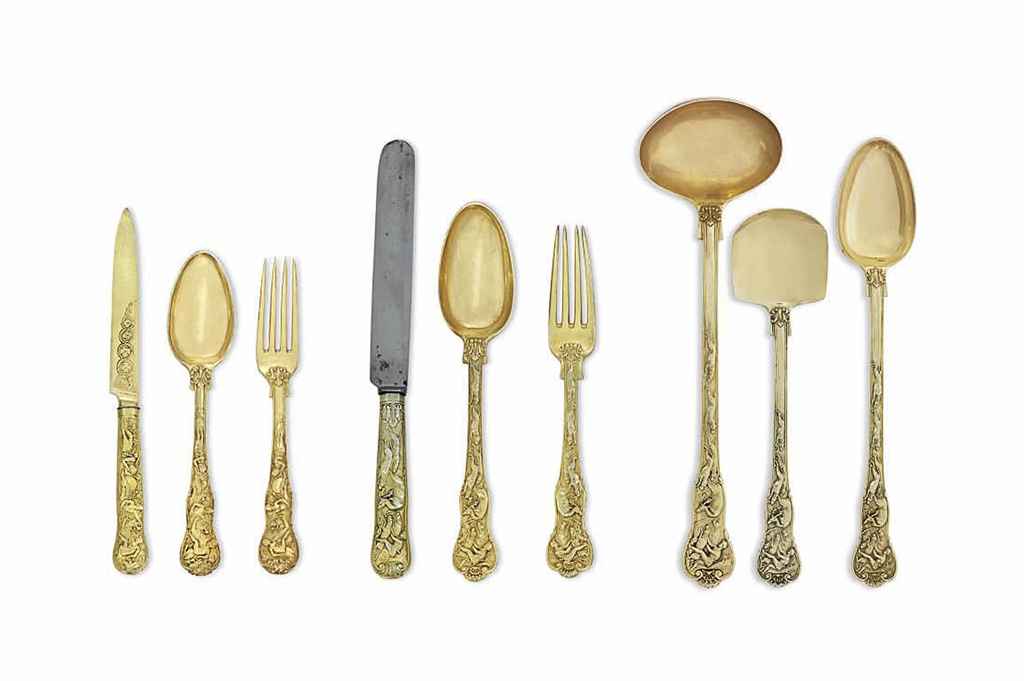

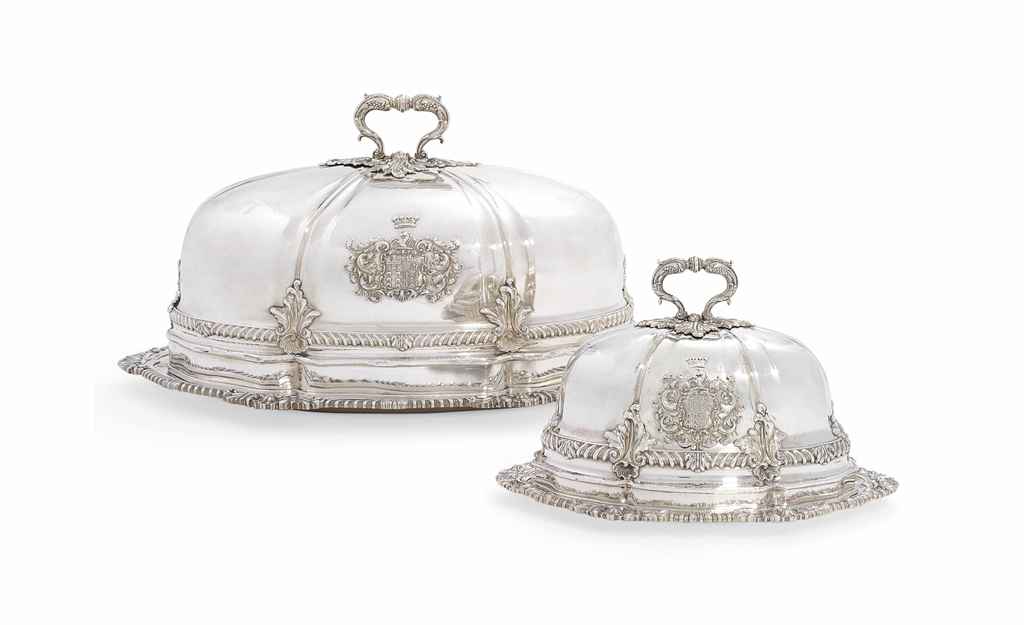
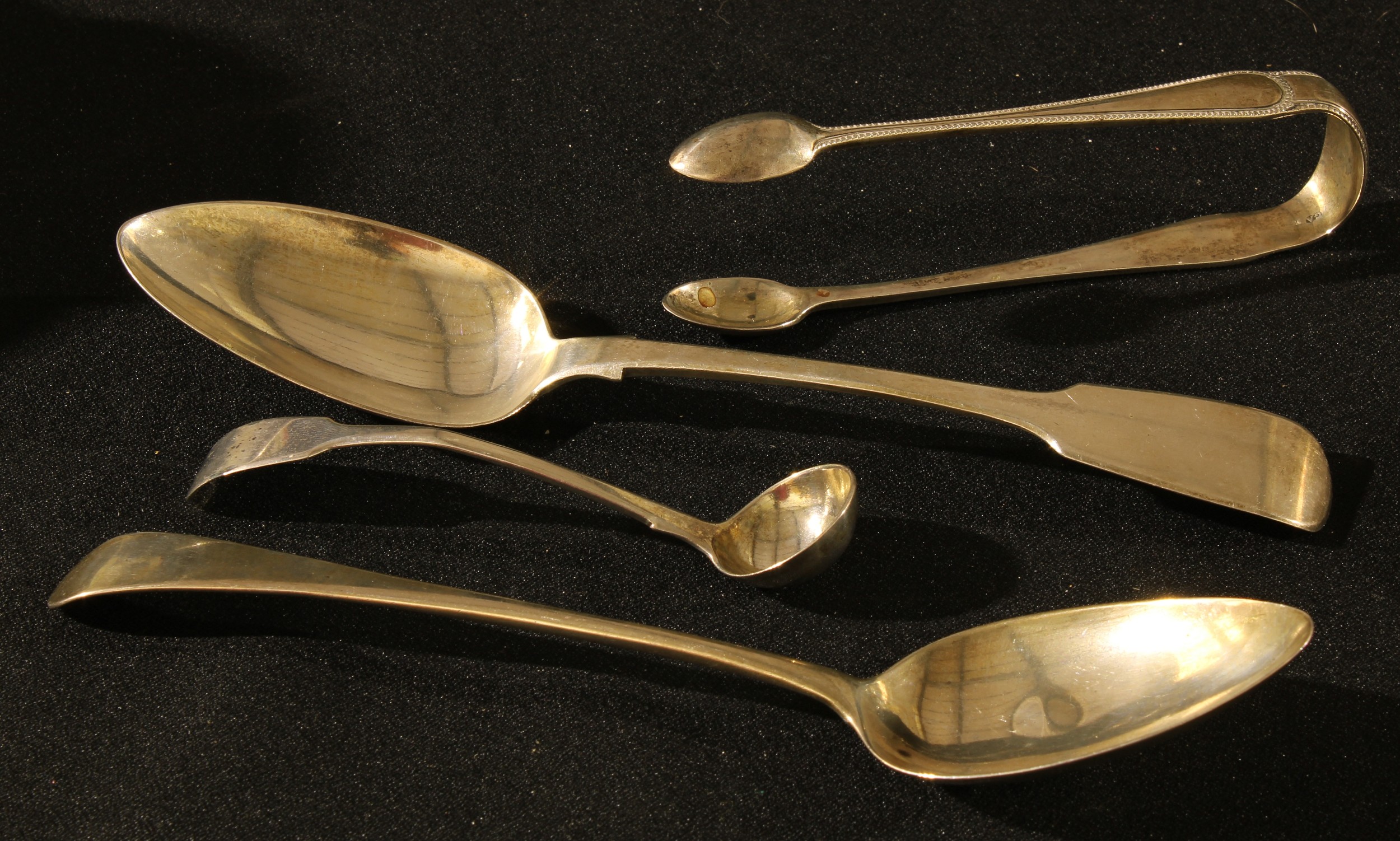
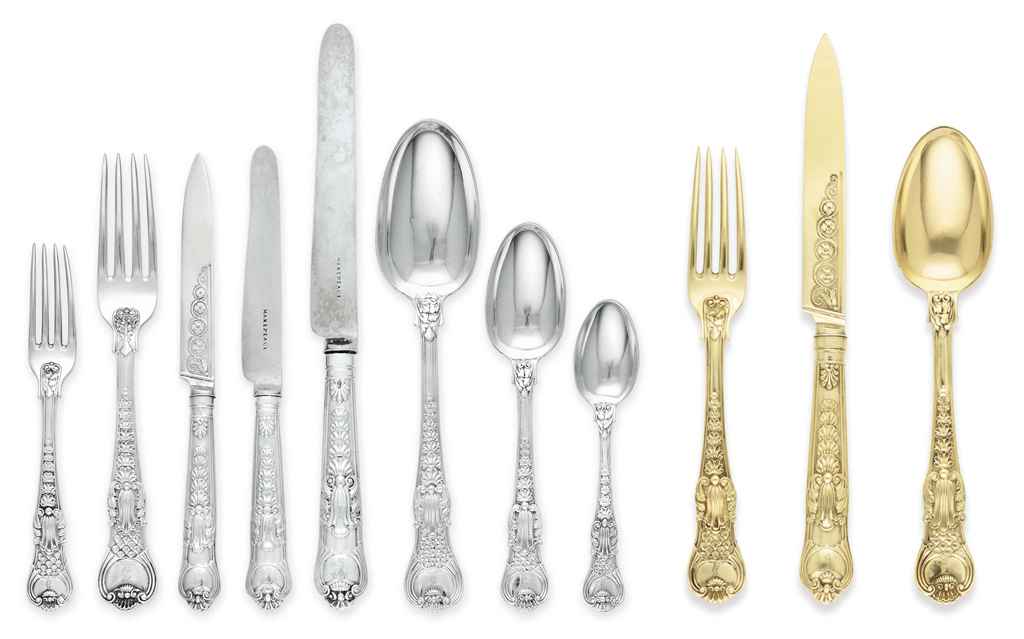
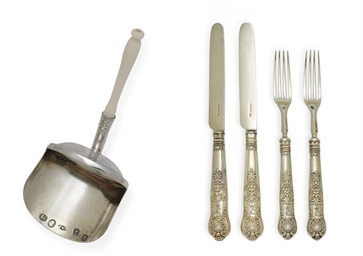

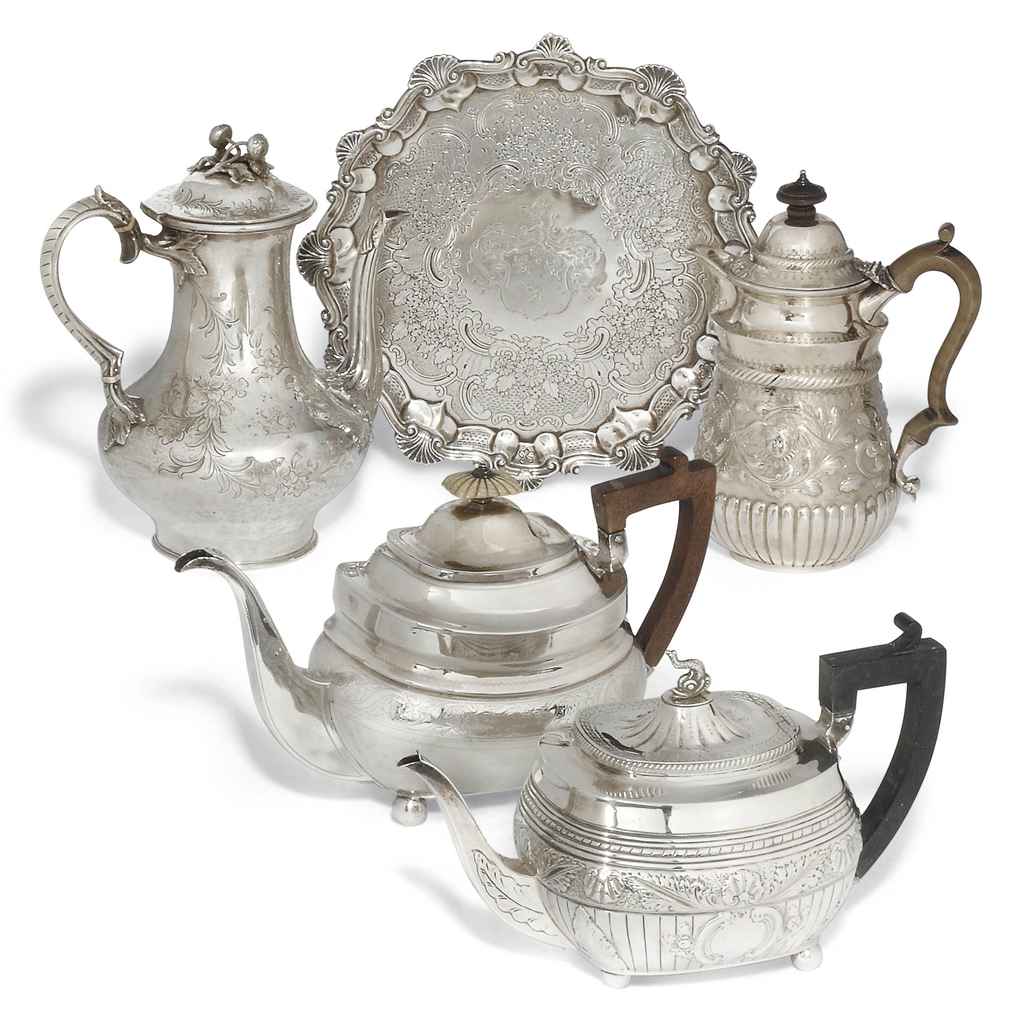
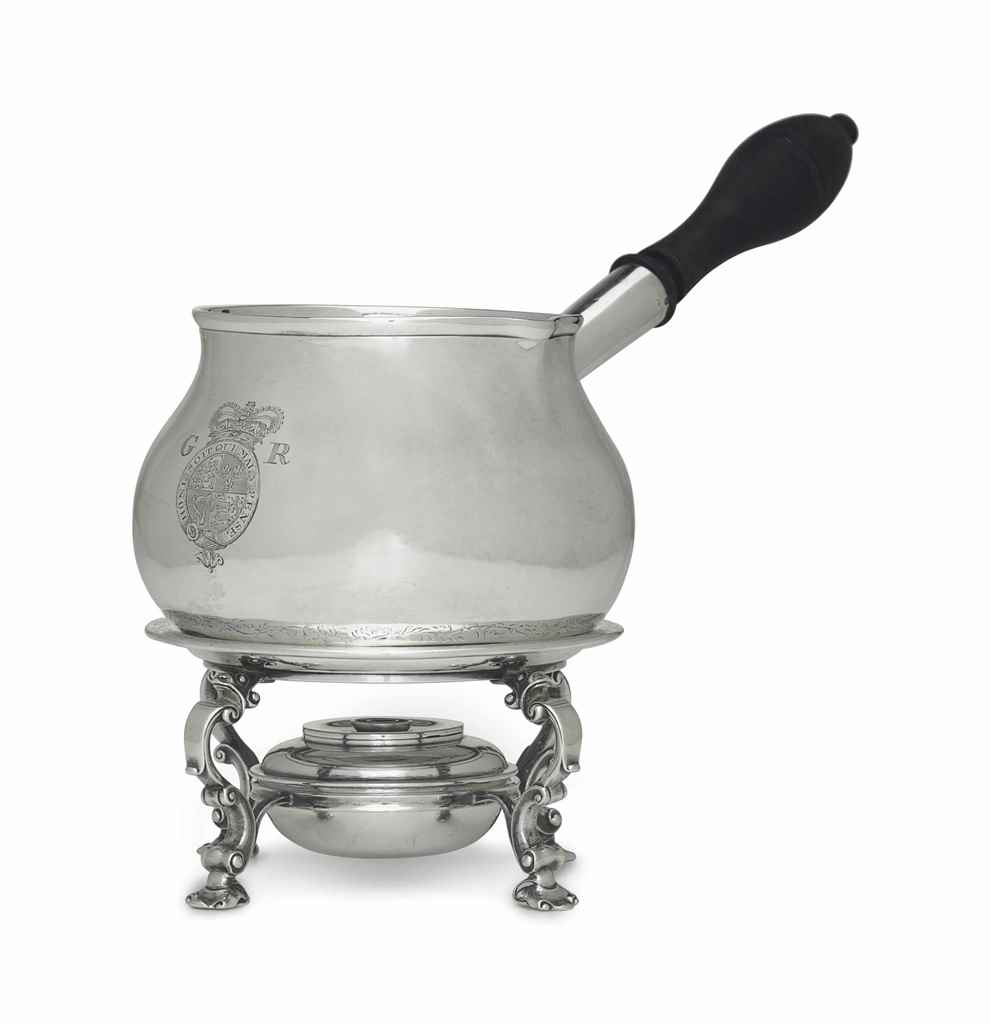





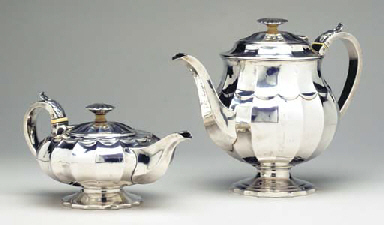
Try LotSearch and its premium features for 7 days - without any costs!
Be notified automatically about new items in upcoming auctions.
Create an alert